These devices works off 240V AC.
I was looking to convert them to run off DC and keep the grid connect app function.
https://www.bunnings.com.au/arlec-9w-950lm-4000k-grid-connect-bc-smart-globe_p0136183
I don't really want to play with live AC so any help would be good.
As far as I can, see U2 drops around 320DC to 6.5DC but I don't understand were to next. The LEDs seem to run at 40-50VDC on dimmer.
Right now I am hoping to understand a schematic just get it to power on by DC to the network, then maybe use the output to do something different.
